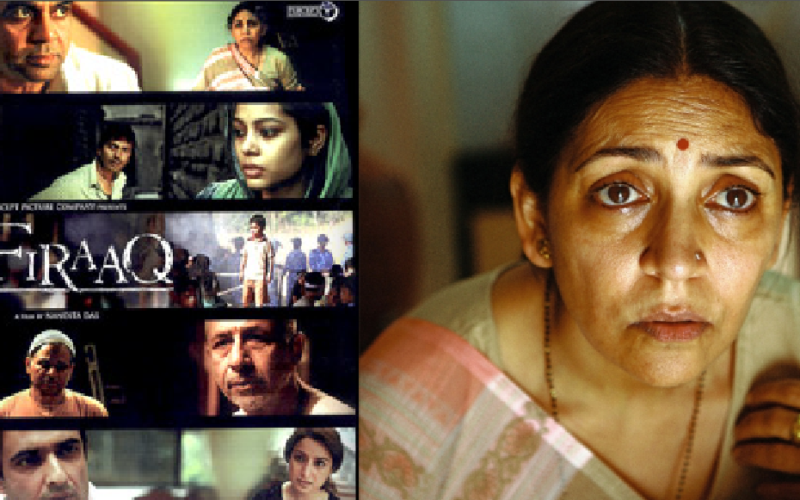Firaaq (2008) and the Devastating Costs of Religious Intolerance
Firaaq opens with a group of men burying the bodies of men, women, and children killed during the 2002 Gujarat riots. The riots erupted shortly after a train full of Hindu pilgrims was burned with its occupants inside, and descended into horrific inter-religious violence. By the time the killing ended, hundreds had died and numerous shops and homes had been burned.
Like it’s opening scene, the film takes place in the aftermath of the riots. And while only a brief flashback is shown, the emotional and physical costs of the events are evident in the small interactions throughout it. This focus sets Firaaq apart from many other films that tackle similar subject matter. Others often focus on the progression of events; Firaaq focuses on their aftermath, the scars they leave behind.
The film unfolds through a series of parallel stories, each varying in its interconnection with the others. In one story, a Hindu woman is interrupted throughout her day by the sound of knocking at the door. It is only later that we realize that the knocking is in her mind, a manifestation of her guilt for having handed over her Muslim maid to a rioting crowd (and to her death).
In another story, a woman cleans out the burnt remains of her house, all the while harboring a suspicion that her best friend’s husband may have helped set it alight. In another, men search for a weapon to attack Hindus in revenge for their suffering.
The film is also notable for its focus on the subtle changes affected by big events – the difficulty of finding a taxi in a city recently wracked by violence, the skyrocketing price of sugar, the shifting scene of self. Reflecting on the communal nature of the violent targeting, a Muslim character notes, “I don’t know when ‘me’ became ‘we’”.
I highly recommend watching Firaaq (which is available on Netflix). Its pace is slow yet engaging, its dialogues are subtle yet piercing, and its focus is local yet globally relevant.
